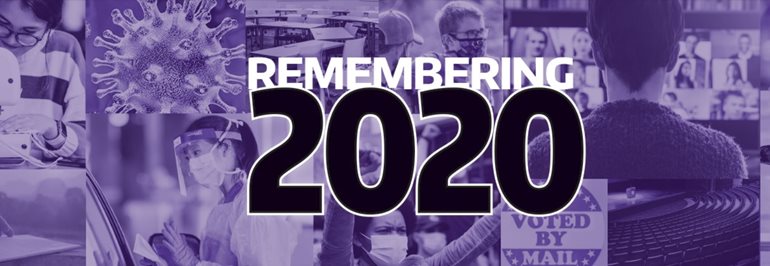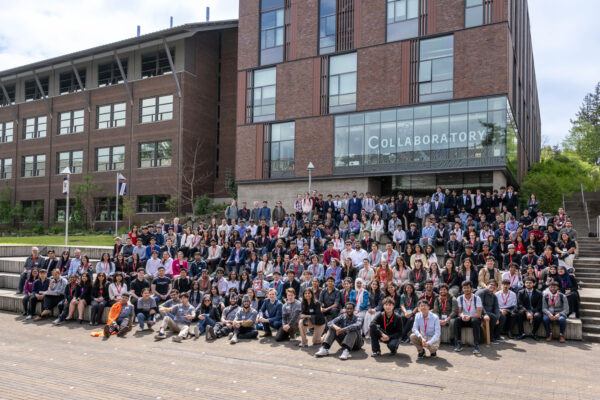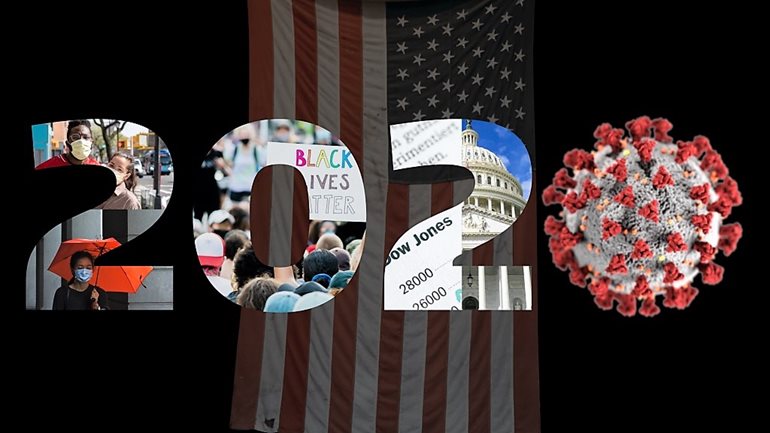
About 60 students from the University of Washington Bothell were among nearly 600 students from all three UW campuses who enrolled in 2020: The Course.
Two UW Bothell faculty members — Karam Dana and Stefanie Iverson Cabral — were among the two dozen UW professors who shared insights about a year of historic upheaval and change.
Predictably, the autumn quarter course was conducted entirely online. It had the University’s top scholars in history, sociology, education, law and science speaking from their kitchens, dining or living rooms to first-year students in their own homes, instead of classrooms on campus.
Associate Vice Chancellor for Student Success Cinnamon Hillyard, also associate professor in the School of Interdisciplinary Arts & Sciences, led the two UW Bothell sections of the course as the instructor. In Seattle, UW Vice Provost and Dean of Undergraduate Academic Affairs Ed Taylor, professor in the College of Education, was the lead instructor. UW President Ana Mari Cauce and Provost Mark Richards introduced the series of 20 recorded lectures.
Crossing disciplines
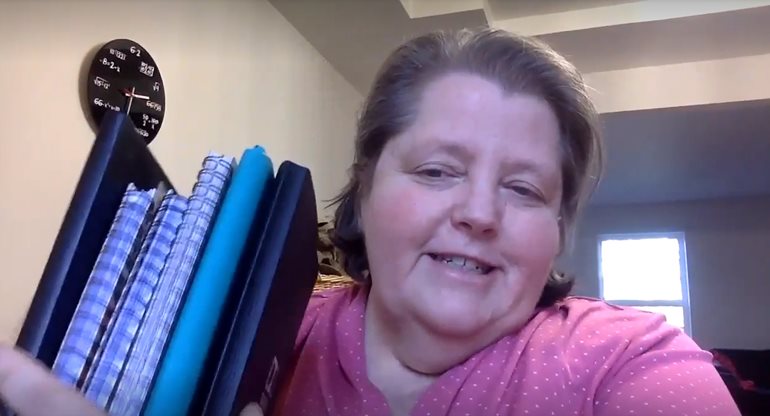
As the instructor, Hillyard monitored discussion boards, answered questions, met with the UW Bothell students during office hours and, with the assistance of graduate teaching assistants, gave the final grades. She had one-onto-one meetings with students in a two-credit section, which was part of Discovery Core.
There was one synchronous session in November with about 100 students across all three campuses who shared similar stories of isolation from each campus. “It brought us all together in humanity,” Hillyard said.
A good fit with UW Bothell’s cross-disciplinary approach, 2020: The Course featured perspectives from diverse faculty in public health, social science and data science, with nearly everyone touching questions of social justice, Hillyard said. Issues included racial inequities, health care access, domestic violence, the presidential election and how social media tells you what you want to hear.
The University also has made the lecture videos available to the public — without the homework. Students completed quizzes, wrote papers and engaged in discussions on the Canvas platform.
The year as artifact
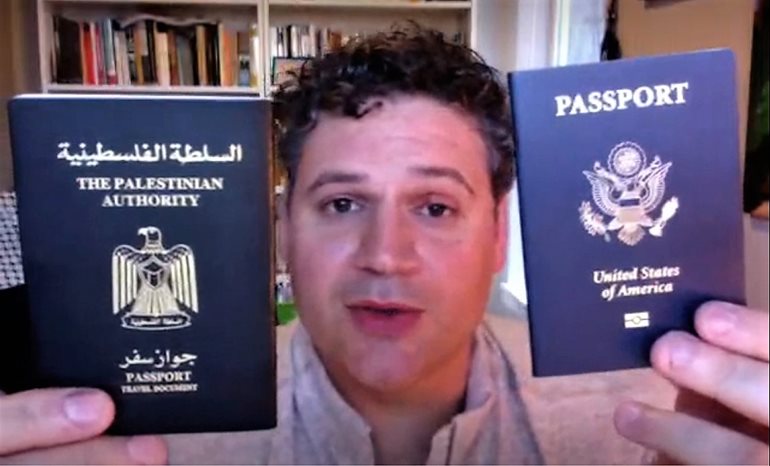
Dana, associate professor in the School of IAS, said he hoped his segment about living through hard times would help students learn and extrapolate lessons, as if to inoculate them to future predicaments.
“Observe better,” he advised students. “Be more critical. And reflect on your observations — but also reorient and draw conclusions that help you in the future.”
Dana also was one of the UW experts invited to participate in a public panel discussion on Dec. 30, which was watched live by more than 500 people. He said he felt it was important for himself and the UW as a public institution to contribute to the community through the course. “I hope this pandemic is teaching us to be better humans,” he said.
Iverson Cabral, assistant teaching professor in the School of Nursing & Health Studies, presented pandemics of the past. More than any other presenter, Iverson Cabral brought an expansive perspective of pandemics, Hillyard said.
“Most of the analysis and commentary these days has been focused on 1918 influenza and COVID-19, which makes sense given all the parallels that exist from these two different moments in time,” Iverson Cabral said. “What I wanted to do was take a lesser-known public health emergency and show how we can always draw comparisons between the past and the present.”
Time capsule contributions
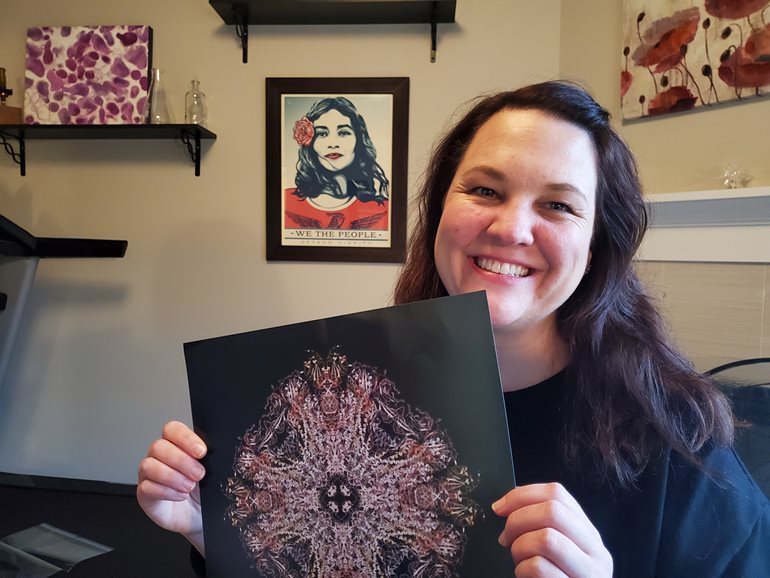
As part of 2020: The Course, students and faculty contributed to a time capsule that will be opened in 2040 by the UW Alumni Association. Many UW Bothell students submitted a photo of themselves in a mask or a photo of their family, Hillyard said. One student contributed a photo of an unemployment check; another, a photo of a motorcycle he rebuilt.
For her time capsule video, Hillyard held up six notebooks filled with handwritten notes. “Our goal is to flatten the curve,” she wrote early on. Other notes from countless administrative meetings, doodles, messages from her children and the house to-do list represent the complexity of remote operations bringing work and home together.
Iverson Cabral’s contribution was a kaleidoscopic image of the coronavirus protein made by artist Laura Splan.
The pathogen itself is just one part of the story, Iverson Cabral said. “It is important to me to have students, no matter their background or interest, see how microbiology connects to their lives either directly or indirectly.”
In his time capsule video, Dana held up his two passports — one American and one Palestinian, which he needs to visit his family in the occupied Palestinian territory of the West Bank. As a Palestinian, Dana said he’s had his fair share of complications crossing borders.
“The pandemic has shown me there’s very little difference between a Palestinian passport and an American passport in terms of being able to travel much,” he said. “The lesson is your privilege can be interrupted any time.”
The pandemic allows us to better understand the experiences of millions of people around the world who have fallen victim to political conditions beyond their control, Dana said, “We should strive to see our own individual suffering in relation to other people’s suffering.”
Multiple views
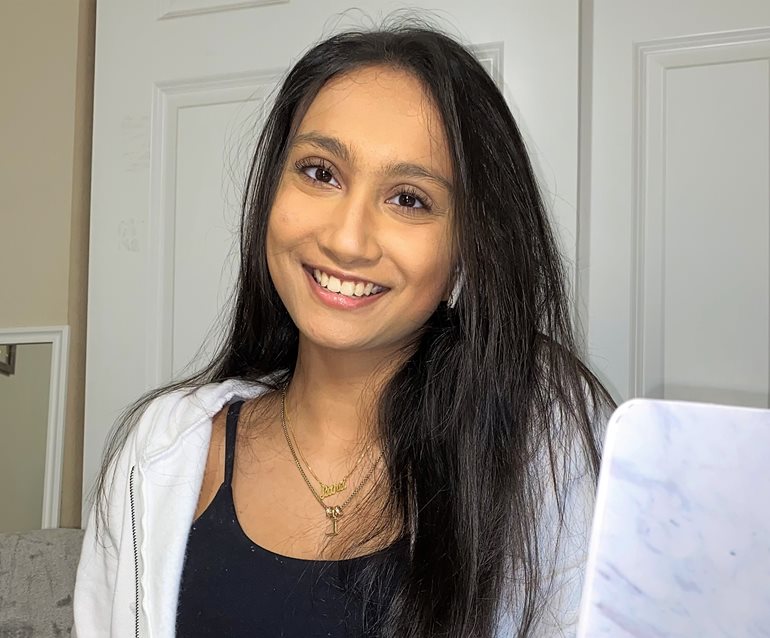
One of the UW Bothell students, Lara Wahid, a junior who plans to major in Biology, appreciated the multiple points of view from all the faculty members and became more aware of different struggles. “”It did really open my eyes that other people view the world differently than I do,” Wahid said.
For her contribution to the time capsule, Wahid chose a photo of her laptop — “what you need to survive” when everything is virtual.
Even the young children Wahid oversees in her job at a YMCA in Mukilteo, Washington, have computers. “Their lives revolve around computers. Everything’s on computer. It’s just become an important part of everybody’s life.”
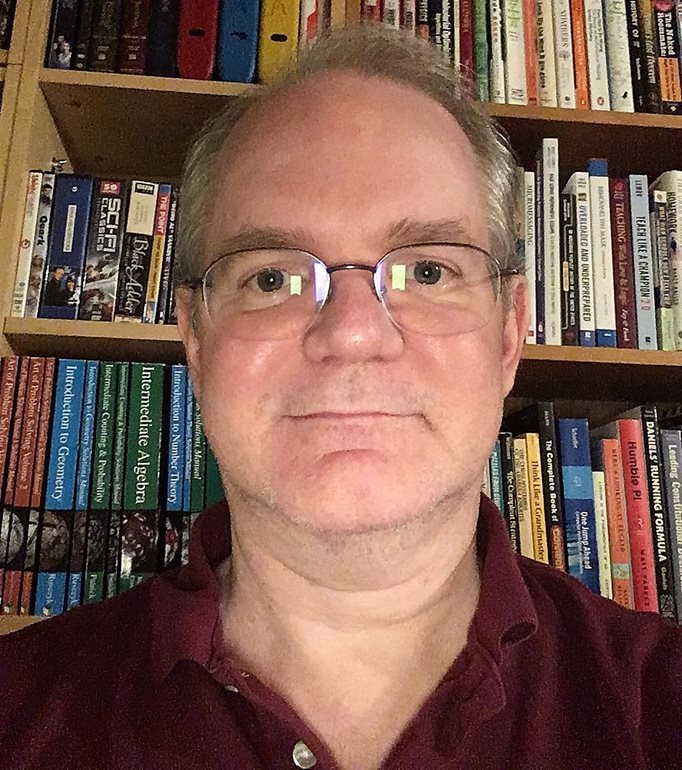
Arthur Watson, a post-baccalaureate student in UW Bothell’s secondary/middle teacher certification program, liked how professors drew upon both their research interests and their personal experiences.
“My key takeaway is that the nexus of adversity in 2020 is not just a temporary crisis but a highly visible opportunity to reconsider many aspects of disproportionate adversity that many people perceive as ‘normal,’” Watson said.
Watson put a copy of the health care proxy for his elderly mother in the time capsule. The proxy was invoked to make Watson responsible for her health care decisions after she was taken to a facility where she contracted COVID-19. “Fortunately, she survived; however, that situation is still very challenging and will definitely be the most memorable part of 2020 for me,” he said.
Tumultuous time
Thankfully, 2020 is gone, said Hillyard, but she said she would not mind teaching another tri-campus course that helps students understand the world around them.
“This has been a great experience,” she said. “I’m so glad we did it.”
